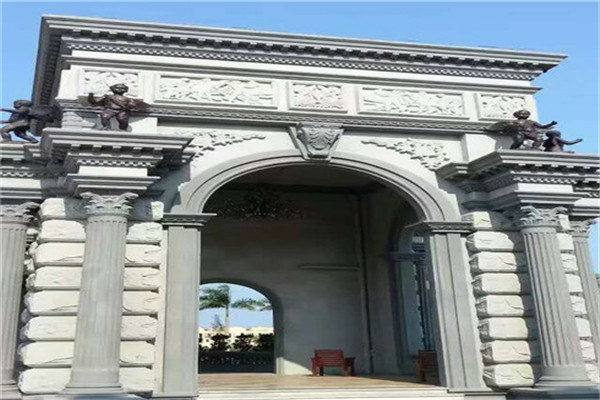
EPS decorative line is a new type of exterior wall decorative line and component, which is more suitable for installation. On the walls with EPS and XPS insulation of exterior walls, it can not only reflect the European classical and elegant decorative style, but it is very difficult to install cement components, with a long construction period, cracks will appear over time, and poor durability. However, using EPS decorative line has the advantages of convenient installation, economy, and long durability. With the continuous development of the building decoration industry, more and more new materials have come to the fore, which are favored by more and more people. More and more enterprises have entered the EPS line, and some professional companies have come to the fore. Not affected by temperature change, cold resistant and heat resistant; Not affected by humid climate and acid rain. EPS decorative lines can prevent fire without emitting toxic substances, and are environmental friendly high-quality decorative building materials. EPS decorative lines are cut by computer numerical control, which is fast in production and has many varieties and models, such as lines, Roman columns, window covers, brackets, etc., and can be installed on the four sides of windows, door edges, eaves corners and wall bodies; Make the facade of the building more beautiful, and bring new and different ideas to the architects.
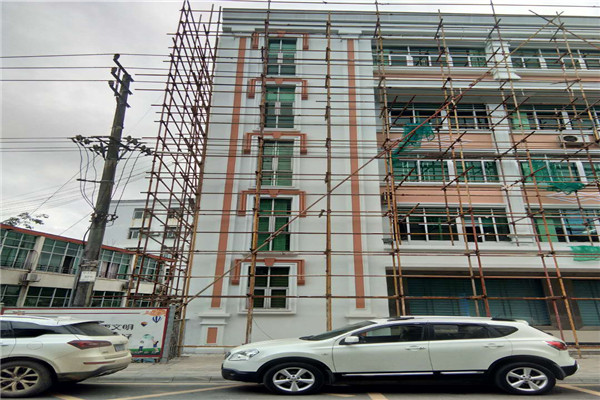
EPS decorative components are mainly used for door jambs, window jambs, cornice lines, waist lines, court columns and other parts of villas, European style residential quarters, hotels and commercial streets. It was first widely used in Europe, America and other countries in the 1980s, and it is an epoch-making upgrade product of traditional components. EPS components are made of high-strength flame-retardant polystyrene as the matrix, alkali resistant glass fiber mesh cloth as the middle layer, and the outer layer is compounded by inorganic anti-aging polymer emulsion. The product is light and impact resistant. High strength, excellent water resistance, good toughness. EPS decorative line can prevent fire without emitting toxic substances, and is an environmentally friendly high-quality product. Multiple varieties and models (such as lines, Roman columns, insulation boards, decorative pieces, etc.) can be installed on the four sides of windows, door edges, hall wrapped columns, cornice lines and wall bodies; It can also be sprayed with personalized paint color on the surface, and can also be made into a cultural effect of imitation stone, making the facade of the building more beautiful, and bringing new and different ideas to architectural designers.

Decoration materials are divided into two parts: one is outdoor materials, the other is indoor materials. Chaozhou EPS decorative materials Indoor materials are divided into five types: solid materials, plates, sheets, profiles, and wires. The real material is also the raw material, which refers to logs and logs. The commonly used logs are Chinese fir, red pine, elm, ash, camphor, basswood, and the more valuable ones are rosewood, beech, oak, etc. The timbers used in decoration are mainly made of fir, and other timbers are mainly used for supporting furniture and carved accessories. EPS decorative materials manufactor The technique of artistic processing of articles for daily use or living environment. It must be organically combined with the decorated object to become a unified and harmonious whole, so as to enrich the artistic image, expand the artistic expression, strengthen the aesthetic effect, and improve its function, economic value and social benefits.
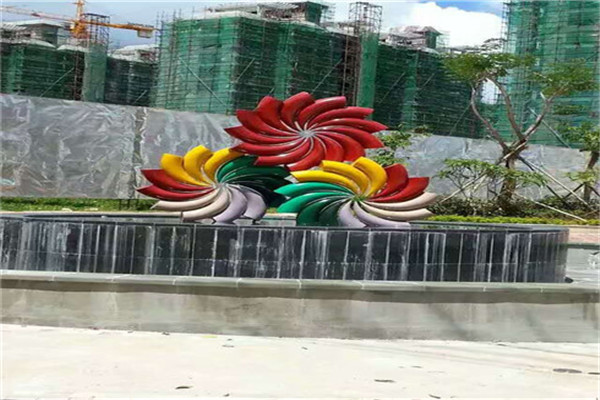
Sculpture art is a kind of plastic arts, also called sculpture, which is the general name of three creation methods of sculpture, carving and sculpture. It refers to the art of using various plastic materials (such as gypsum, resin, clay, etc.) or hard materials (such as wood, stone, metal, jade, agate, etc.) that can be carved or carved to create a visual and touchable artistic image with a certain space to reflect social life and express artists' aesthetic feelings, emotions, and ideals. It is diverse, so the law of development has different ups and downs. For example, the bronze ware manufacturing and decorative carving in the Yin and Zhou Dynasties in China were unmatched by future generations. The themes of the Han Dynasty's stone reliefs fully reflect the real life at that time. The sculptures in the Tang and Song dynasties certainly exceeded those in the Han Dynasty, but the works of the Tang and Song dynasties never fully reflected the reality as the Han Dynasty stone reliefs did. The handicraft industry and commerce in the Ming Dynasty were improved compared with those in the Tang and Song Dynasties, but few sculptures in the Ming Dynasty fully displayed the characteristics of each work as in the Song Dynasty. Although the sculpture of the Ming Dynasty is not as good as that of the Tang and Song Dynasties, other artistic achievements of the previous dynasties are naturally behind.
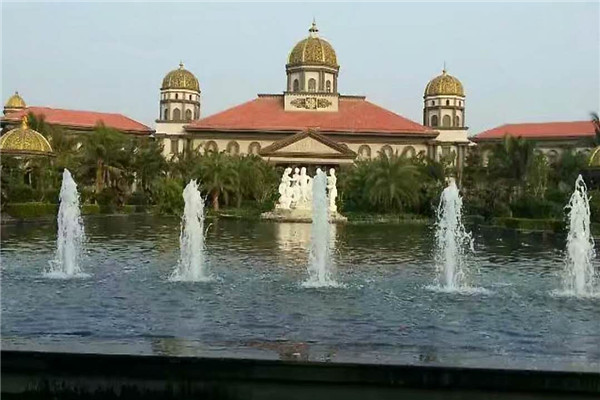
Wood carving is a kind of sculpture, which is often called "folk craft" in our country. Wood carving can be divided into three categories: three-dimensional round carving, root carving and relief carving. Wood carving is a kind of work separated from carpentry, which is classified as "fine carpentry" in our country. Folk art varieties classified by carving materials. Generally, the tree species with fine and tough texture and not easy to deform are selected, such as nanmu, red sandalwood, camphor wood, cypress, ginkgo, agarwood, mahogany, longan, etc. The tree root carving art in natural form is called "tree root carving". Wood carving has round carving, relief carving, engraving or several techniques. Some are also painted to protect wood and beautify it. Generally speaking, tools for wood carving creation, such as saws, wood files, chisels, carving knives, flat shovels, axes, wood drills, wood hammers, planes, etc., can be used for root carving creation. In addition, you also need basic tools such as scissors (scissors for pruning), knives, brushes, sandpaper (cloth), coarse and fine cloth, cotton yarn, rope, etc. During special processing, such as fire roasting, steaming, and insect prevention, some tools are also needed, which can be used in general families instead of other tools.
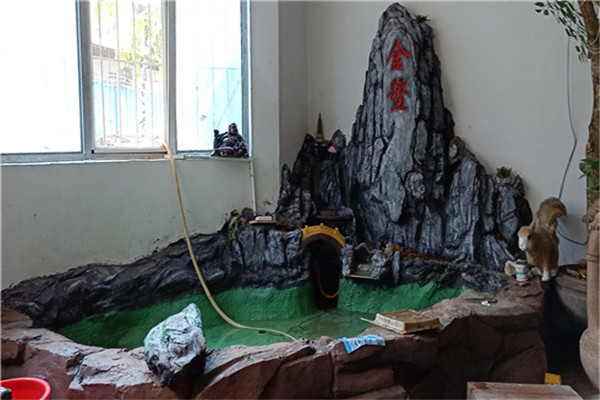
Marble, granite, Hui'an stone, Qingtian stone, Shoushan stone, Guicui stone and other materials are generally used for stone carving. Granite and marble are suitable for carving large statues; Qingtian stone and Shoushan stone are rich in color, which are more suitable for small stone carvings. There are many ways to make stone carvings. According to the nature of stone materials and the habits of the carvers, stone carvings can be roughly divided into two types: first, traditional methods. Conception, composition, modeling and stone carving are all done by individuals alone. For large-scale carving of lines, the horizontal and vertical lines shall be drawn on the stone, the grid shall be made to take materials, and the simple measurement and positioning method shall be used for carving. The second is to adopt a new process, that is, first make a clay sculpture, turn it into a plaster statue, then take the plaster statue (model) as the basis, rely on the point shaped instrument, and then carve it into a stone statue.






